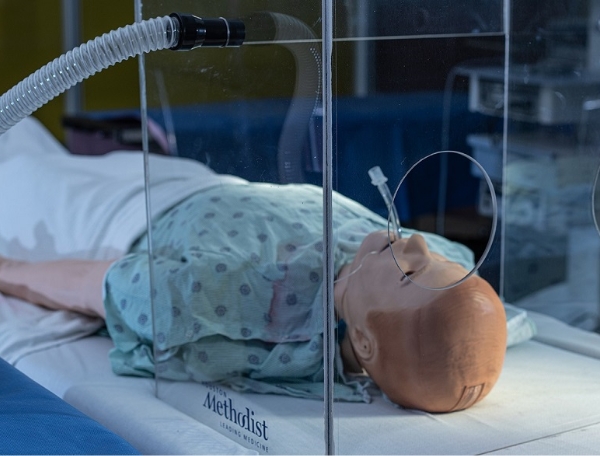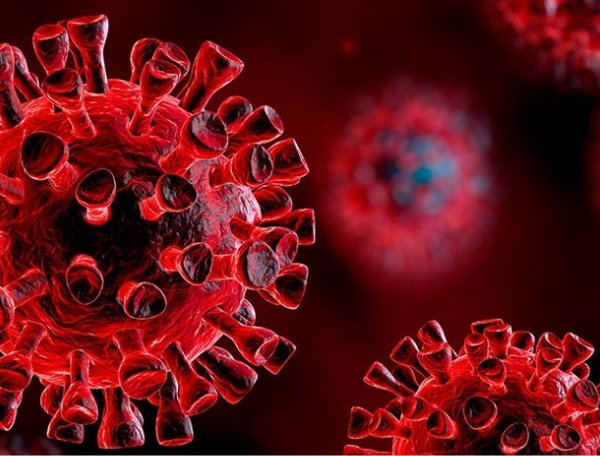


Outcomes Research
Houston Methodist study reveals masks and distancing worked to keep germs at bay
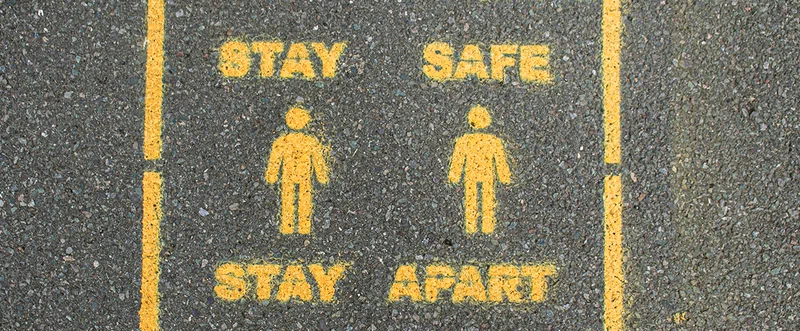
Respiratory viruses rapidly returned after COVID-19 restrictions were relaxed
A Houston Methodist study showed a rapid return of seasonal respiratory viruses after COVID-19 restrictions were relaxed in Texas, demonstrating the effectiveness of masking, distancing and other precautionary measures at stopping the spread of many respiratory illnesses, not just COVID-19.
This rise in non-COVID respiratory viruses to pre-pandemic levels came on the heels of Texas ending its mask mandate in early March and lifting restrictions on businesses, which could resume operating at 100% capacity. Further contributing to the spike in cases were the updated COVID-19 guidelines from the CDC in mid-May that caught many by surprise, giving the fully vaccinated license to resume activities without masks or distancing, though two months later reinstated masks for everyone when the Delta surge took hold in July.
The findings, titled “The reemergence of seasonal respiratory viruses in Houston, Texas, after relaxing COVID-19 restrictions,” appeared this fall in Microbiology Spectrum, a bimonthly peer-reviewed scientific journal published by the American Society for Microbiology. S. Wesley Long, MD, PhD, medical director of diagnostic microbiology at Houston Methodist, is the corresponding author on the study.
This relaxation of mask mandates, social distancing and decrease in vaccination rates ultimately led to the fourth surge seen in many parts of the country this summer and proved to be the worst surge of the pandemic to date.
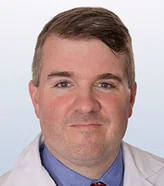
S. Wesley Long, MD, PhDMedical Director of Diagnostic Microbiology

This sharp resurgence we saw of seasonal respiratory viruses in Houston was not surprising after mask mandates were lifted in Texas, and other precautions, such as social distancing and occupancy limits in stores, restaurants and events, were rolled back. Reports of non-COVID respiratory viral illnesses surging after COVID restrictions were lifted was a trend we saw happening throughout the U.S., as well as internationally

S. Wesley Long, MD, PhD
Medical Director of Diagnostic Microbiology
When Long and his team noticed a cluster of seasonal non-COVID coronavirus infections diagnosed at Houston Methodist earlier this year in the spring, they pulled the data for the respiratory pathogens in Houston. They found while rhinovirus and enterovirus infections started to rebound in the fall of 2020 after the capacity limits for bars and restaurants were relaxed in Texas, the seasonal non-COVID coronaviruses, parainfluenza and respiratory syncytial virus (RSV) were showing robust increases in cases during the four months after the mask, distancing and occupancy mandates were rolled back.
The study’s series of histograms illustrates the striking ebb and flow of non-COVID respiratory virus diagnoses in Houston through each stage of precautionary measures being enacted and relaxed. The research team observed a month-over-month increase in parainfluenza and seasonal coronaviruses.
Cases of RSV increased dramatically in the summer months. From April to June, the Houston area saw an increase of more than 200% in RSV cases. Long notes similar increases in RSV were seen elsewhere, notably in Australia, after COVID-19 measures were relaxed there. Since the study, which tracked these viruses through the end of June, the number of RSV cases peaked in July.
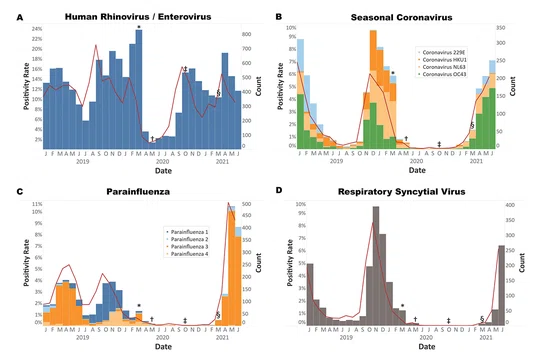
Long said his team also saw an increase in August and September in rhinovirus and enterovirus, but that these common cold viruses are declining now, since that rise in cases was likely related to schools reopening. He said these peaks were out of season, in part due to Texas removing its final COVID-19 restrictions.
“For more than a year, COVID-19 was the primary cause of respiratory illness in the U.S., but since restrictions were relaxed, it is important for clinicians to consider other respiratory pathogens may be causing spikes in disease outside of their usual seasonal peaks,” Long said. “The study clearly demonstrates the utility of masks and social distancing and the effect these non-pharmacologic precautions had on suppressing all respiratory viruses, not just COVID-19.”
The researchers are now turning their attention to influenza and what to expect next with COVID-19, keeping an eye on whether we’ll see a dual threat of COVID-19 and flu posing risks this fall.
“It’s too early to say for certain what to expect this flu season,” Long said. “For now, the flu is still fairly quiet in Texas and elsewhere around the globe, but we’re really just at the very start of flu season, as it often peaks more in the winter from December through February.”
He added that while influenza is still very sporadic right now, it’s eventually just a matter of time before it comes back and could ramp up at any time. Additionally, with Europe now experiencing its fifth surge in COVID-19 infections, Long encouraged the community to get both their COVID-19 and flu vaccines as soon as possible to be prepared because influenza has a history of making healthy people severely ill.
Long’s collaborators in the Center for Molecular and Translational Human Infectious Diseases Research at Houston Methodist Research Institute and the Department of Pathology and Genomic Medicine at Houston Methodist Hospital are Randall J. Olsen, MD, PhD, David W. Bernard, MD, PhD, Paul A. Christensen, MD, Parsa Hodjat, MD, and Sishir Subedi.
To track Houston Methodist’s influenza and other respiratory virus stats, visit http://flu.houstonmethodist.org.
Lisa Merkl, November 2021






